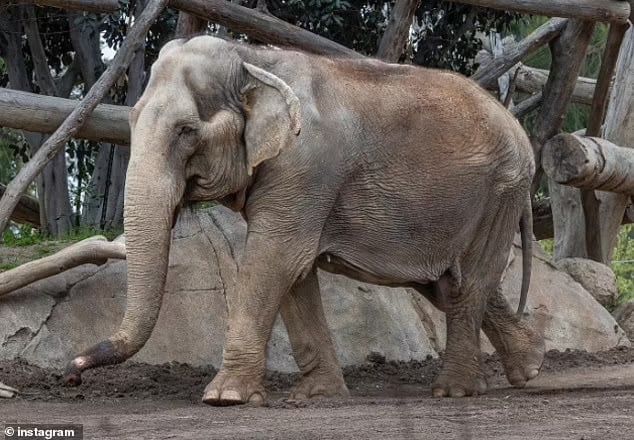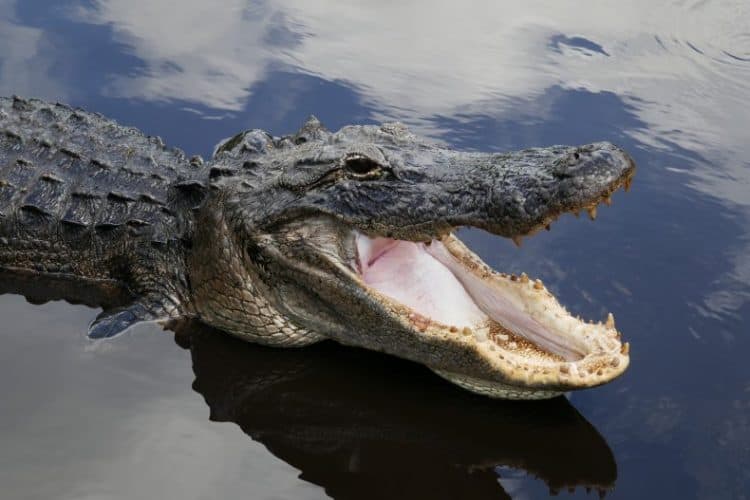In a heart-wrenching incident, the St. Louis Zoo witnessed a tragic loss. Rani, a beloved 27-year-old Asian elephant, passed away under distressing circumstances.
Rani, the 27-year-old Asian elephant, was peacefully having her dinner indoors when a small, unleashed dog entered a non-public area near the Elephant Barn, reports the Daily Progress.
Although Rani remained oblivious to the dog’s presence, another elephant, outside the barn, became agitated.
The elephant care team acted swiftly, moving the agitated elephant indoors.
Inside the barn, the distress among the other elephants began to manifest with vocalizations, and Rani, too, started to vocalize and circle before tragically collapsing, CBS News reports.
Despite the heroic efforts of the zoo’s response teams, Rani could not be revived, reports USA Today.


Rani’s Legacy
Rani’s arrived at the St. Louis Zoo in 2001 when she was just five years old, along with her mother, Ellie, reports the Washington Post.
Throughout her life, Raini played an essential role in her family group. As a mother herself, she nurtured three young ones, including Jade, reports KSDK. She was a beloved member of the River’s Edge habitat at the zoo, leaving an indelible mark on her fellow elephants and caregivers.
The Plight of Asian Elephants
Rani’s tragic demise highlights the vulnerability of Asian elephants. With fewer than 50,000 of these majestic creatures left in the wild, their existence is at risk. Studies show that threats from poachers, driven by the demand for ivory, skin, and meat, combined with the encroachment of human civilization on their natural habitats, jeopardize their future.

A Controversial Topic
While zoos like the St. Louis Zoo argue that breeding programs are essential to preserving these magnificent animals, animal rights activists have differing opinions.
Conservationists argue that elephants have specific needs that cannot be met in zoo environments. Some zoos, including the Toronto Zoo and the San Francisco Zoo, have phased out their elephant programs, relocating them to sanctuaries that provide more space for these large animals, Fox 61 reports.
The tragic loss of this elephant is a somber reminder of the challenges faced by these majestic creatures.
The ongoing debate about the role of zoos in conservation efforts remains an important discussion about the future of Asian elephants and their place in our world.
What you can do
Support ‘Fighting for Wildlife’ by donating as little as $1 – It only takes a minute. Thank you.
Fighting for Wildlife supports approved wildlife conservation organizations, which spend at least 80 percent of the money they raise on actual fieldwork, rather than administration and fundraising. When making a donation you can designate for which type of initiative it should be used – wildlife, oceans, forests or climate.
This article by Matthew Russell was first published by The Animal Rescue Site. Lead Image: PEXELS.







Leave a Reply